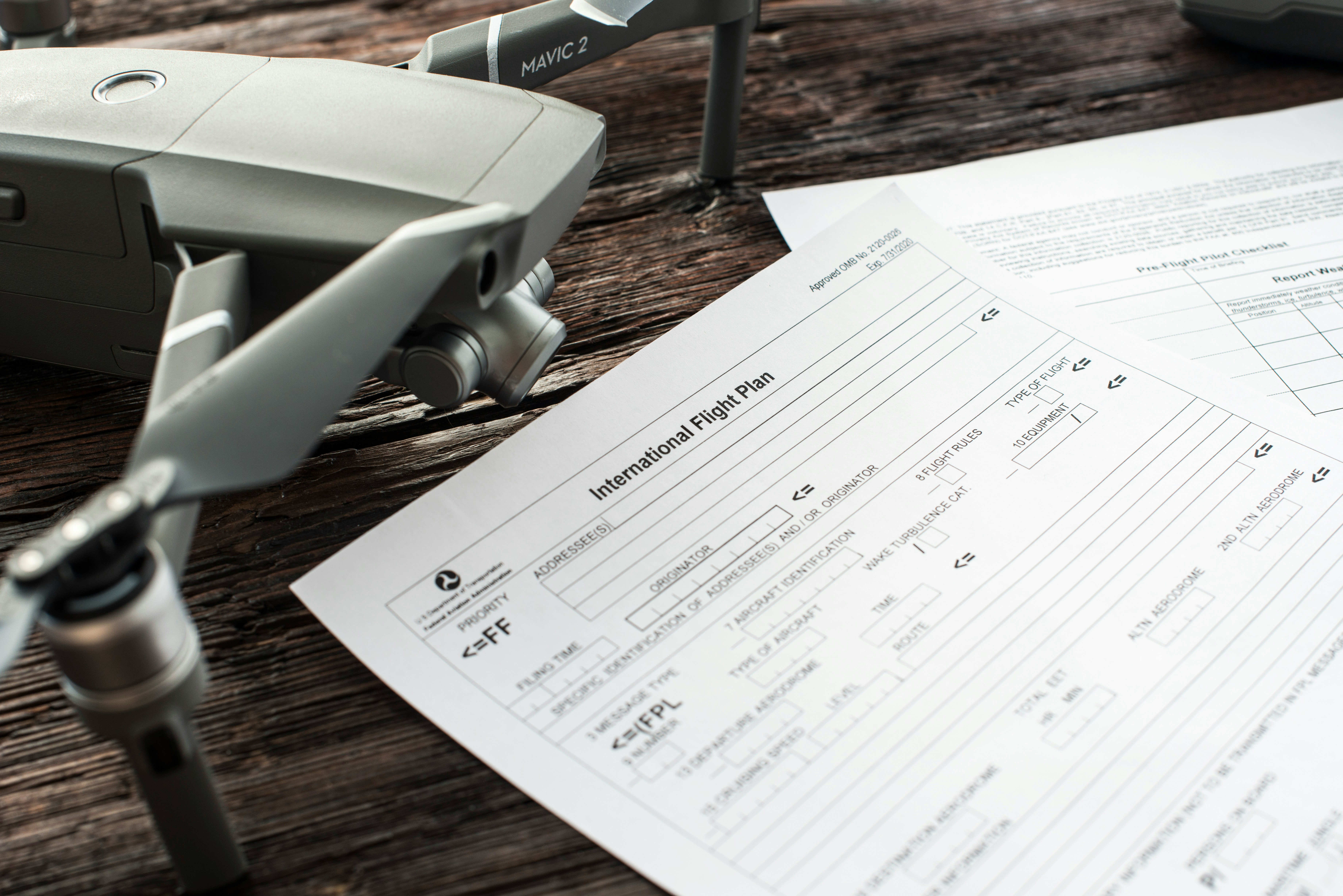
Navigating Building Permits and Regulations: A Homeowner's Guide
Building your dream home is an exciting journey, but it comes with its fair share of challenges. One of the most critical steps in this process is understanding and navigating the building permits and regulations in your area. Without proper knowledge and preparation, you can face costly delays and legal issues. This guide will help you understand the essentials of building permits and regulations, ensuring a smooth construction process.
Why Building Permits Matter
Building permits are necessary to ensure that your construction project complies with local building codes and zoning laws. These regulations are in place to ensure safety, structural integrity, and community standards. Failing to obtain the required permits can result in fines, project delays, and even the need to tear down non-compliant work.
Steps to Obtain Building Permits
Research Local Requirements: Different municipalities have varying requirements for building permits. Start by visiting your local government’s website or contacting the building department to understand the specific regulations and documents needed.
Prepare Your Documentation: Gather all necessary documents, including site plans, blueprints, and project specifications. Make sure your plans are detailed and accurate to avoid any issues during the review process.
Submit Your Application: Complete the application forms and submit them along with the required documents. Some areas may allow online submissions, while others require in-person visits.
Inspection and Approval: Once submitted, your application will be reviewed. You may need to make adjustments based on feedback. After approval, ensure you schedule necessary inspections during the construction process to stay compliant.
Tips for a Smooth Process
Stay Informed: Regulations can change, so keep up-to-date with the latest requirements.
Hire Professionals: Consider hiring a professional to help navigate the permitting process.
Be Patient: The approval process can take time, so plan accordingly.
By understanding and following these steps, you can ensure your construction project complies with local regulations, avoiding potential pitfalls.